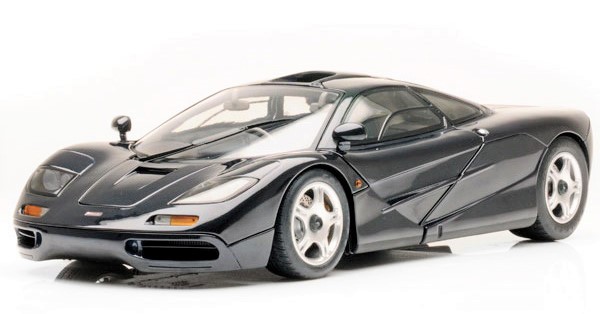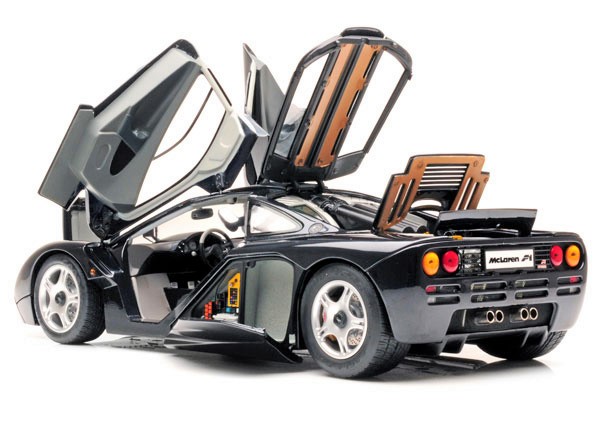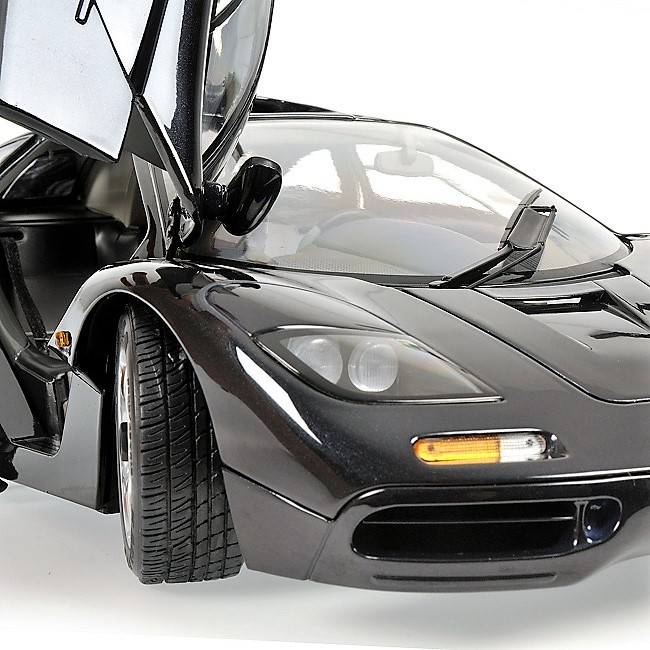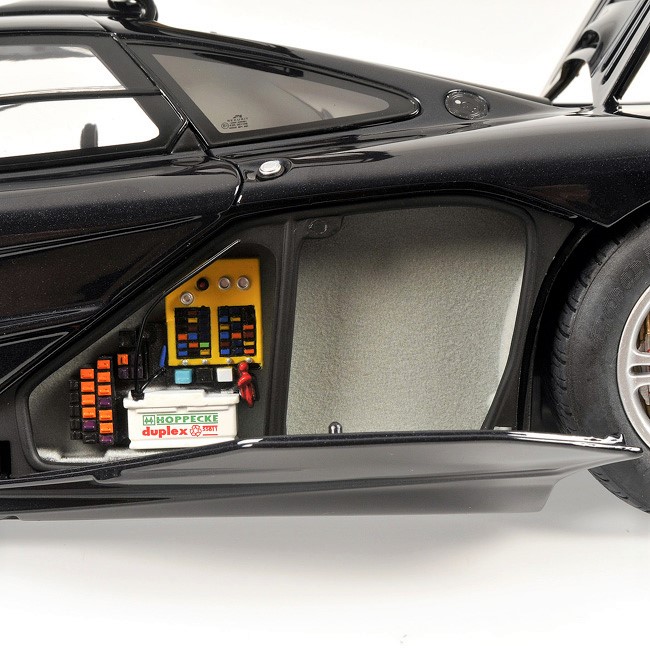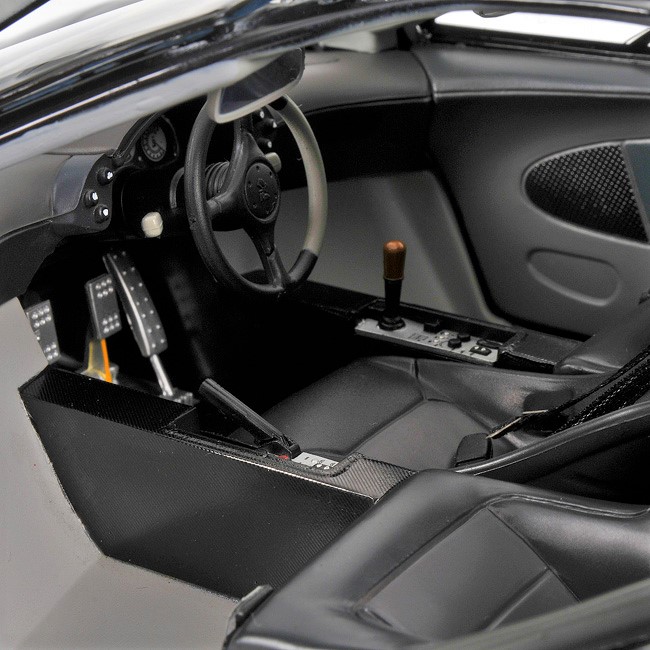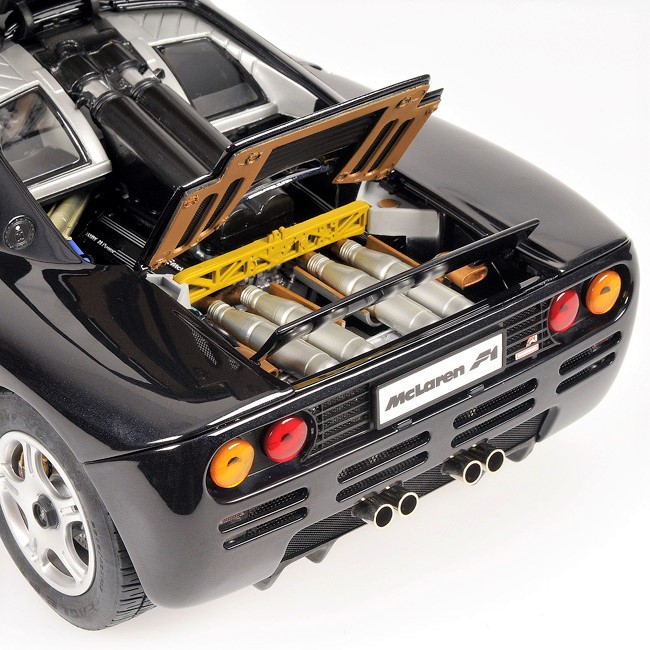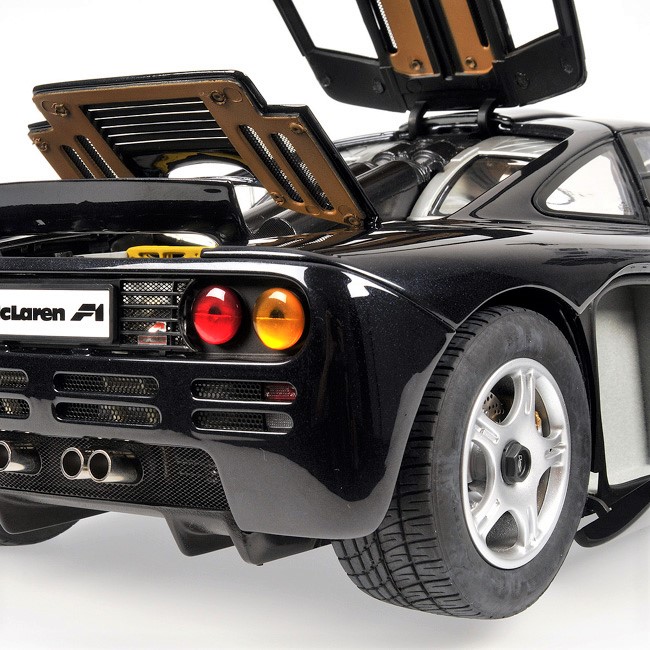1/12 Minichamps McLaren F3 GTR Roadcar Blue
Currency:
- USD
Spec:
- -
Qty:
Shipping Costs:
Price:
357.1
Items for sale : 99
Feedback ratings : 0(0 ratings)
- Category
- Brand
- Minichamps
- Stock
- 1
- Ships from

